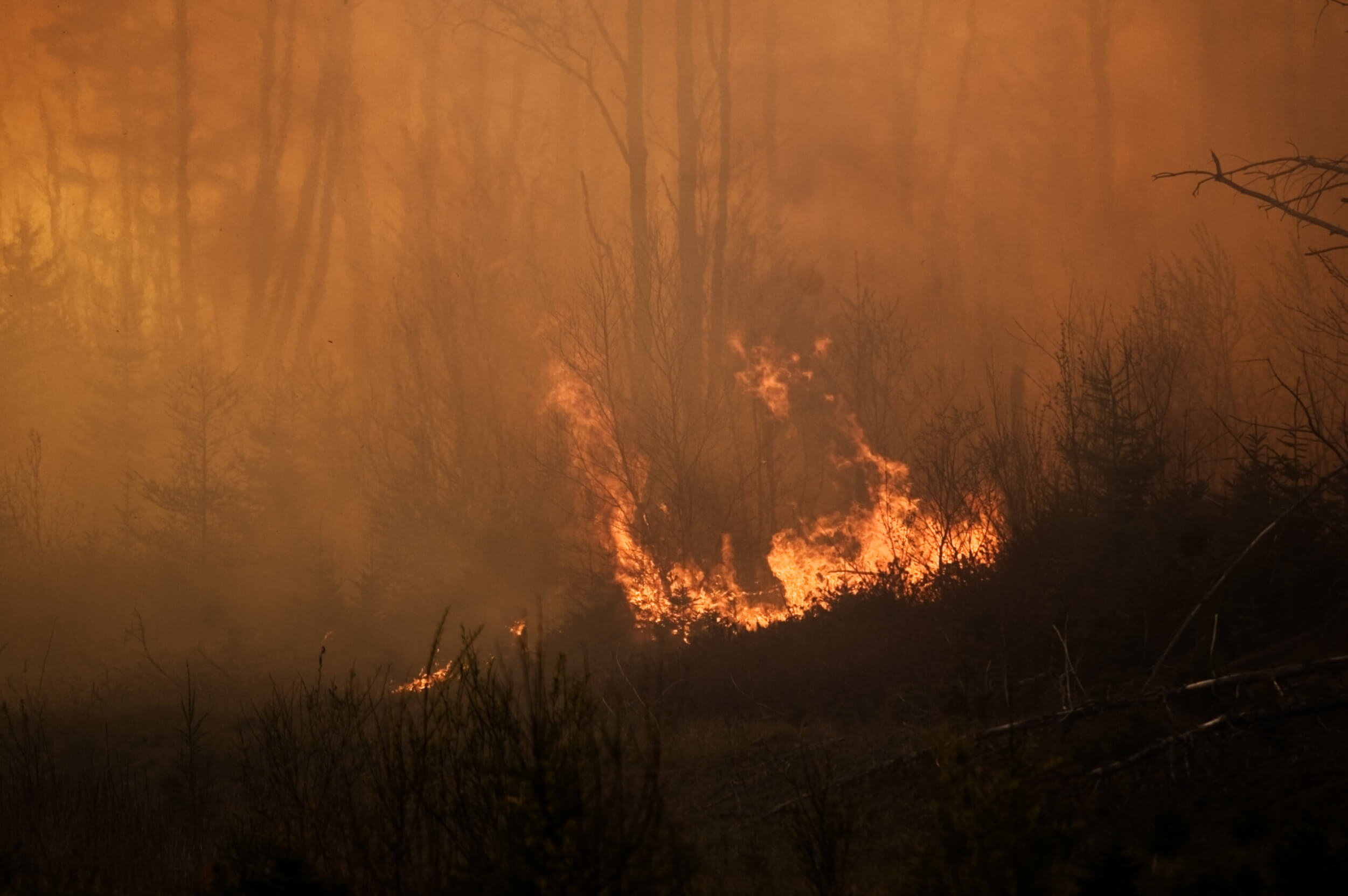There are plenty of opportunities to pursue research as an undergraduate student at Athabasca University—and in some cases this work can be published.
Academic research isn't just for graduate students! Many undergraduate science students at Athabasca University (AU) have had their work published in peer-reviewed journals, improving both their educational experience and future career prospects.
Dr. Vive Kumar, adjunct professor and former associate dean in AU's Faculty of Science and Technology, said each year there are about 50 undergraduate science students who get involved in academic research—through research assistantships, capstone projects, independent study courses, research clusters, and work-integrated learning opportunities.
Undergraduate research a good educational experience
While not all students involved in research end up publishing their work, Kumar said researchers will often include undergraduate students as co-authors when they make significant contributions to the project. Regardless of whether the work does ultimately get published and credited, students gain valuable skills that help prepare them for work in both industry and academia.
"A combination of research and academic skills will lead students to contemporary positions that demand such a combination," he said. "Importantly, researching skills imply a tendency to become a lifelong learner, which is an essential trait of successful students these days."
This is echoed by what science students who published research as undergraduates have to say about the experience—it can bring both academic and professional benefits.

Improving Canadian wildfire monitoring with machine learning
For Jackie Oliver (Bachelor of Science in Computing and Information Systems '21), the opportunity to be involved in published research came during one of the early meetings for a Computer and Information Systems Projects course. Her supervisor, Dr. Qing Tan, told her the project might produce publishable results, which motivated her through some stumbling points in her research.
Her project focused on addressing a shortcoming in Torchlight, a Canadian tactical wildfire mapping system that uses thermal infrared imagery. The system can sometimes misclassify water as wildfire, due to its relative warmth in images taken overnight. She developed a process using machine learning techniques that improved the confidence in Torchlight mapping outputs.
Working with Tan and Dr. Frédérique Pivot on this project was the highlight of her educational experience, she added. That's both because of their support and the opportunity to publish an academic paper as the lead author.
"Being able to show a first-author publication on my CV was unquestionably an asset both for being accepted into a master's program and for securing work in my field," Oliver said. "It has truly opened doors for me."
Participating in this research was an amazing learning experience and sparked my interest in artificial intelligence.
Supun De Silva (Bachelor of Science in Computing and Information Systems ’24)
Using artificial intelligence to support student learning
When Supun De Silva (Bachelor of Science in Computing and Information Systems '24) started working as a research assistant, he thought he would simply be helping master's and doctoral students with their work. But working with Dr. Oscar Lin gave him the opportunity to publish his own research.
The project he worked on involved helping identify student learning weaknesses using learning reinforcement algorithms. The result from this work was a new approach to determining student learning weaknesses, which could have implications for improving online learning. This work was used for a conference paper at the Intelligent Tutoring Systems 2023 conference.
"Participating in this research was an amazing learning experience and sparked my interest in artificial intelligence," he said.
"The experience I gained in artificial intelligence, research, and web development will help me in my future endeavors of pursuing a master's, doing research, or working in the industry."

Publishing research in artificial intelligence and machine learning
It was through a research assistantship that David Boulanger (Bachelor of Science, Double Major in Computing and Information Systems/Applied Mathematics) ended up publishing work related to artificial intelligence and machine learning.
He worked in a variety of areas, including automated essay scoring, causal inferencing with observational data, coding analytics, intelligent textbooks, and automated detection of affective engagement in online learning. This work was done extensively with Kumar, among other AU researchers, and helped set the stage for his own research in similar areas.
"I had the privilege to attend several international conferences to present my own research work, which was a rewarding activity," he said.
Boulanger said this research not only helped him better understand the limitations of AI and machine learning, but also improved his critical thinking, analytical, and communications skills.
Publishing this work has given me great confidence in modelling and valuable experience in academic publishing and the peer review process, which is of great use in both academia and industry.
Andrei Afilipoaei (Bachelor of Science, Applied Mathematics ’23)
Modelling financial bubbles
Andrei Afilipoaei (Bachelor of Science, Applied Mathematics '23) was not expecting to publish his undergraduate work, but the opportunity arose when he was doing a Mathematics Project course. His supervisor, Dr. Gustavo Carrero, worked with him to expand the project into a published article.
The project focused on studying financial trends by modelling optimism and pessimism in an asset market, a housing market, for example, providing important insight into market behaviour. The model was able to replicate historical bubble prices and demonstrate behavioural and social factors in this kind of bubble.
"Publishing this work has given me great confidence in modelling and valuable experience in academic publishing and the peer review process, which is of great use in both academia and industry," he said, adding it has been invaluable in his current graduate studies in modelling, data, and predictions at the University of Alberta.

Explore undergraduate research opportunities at Athabasca University
While not all undergraduate science students AU will publish research, all could have the opportunity to be involved in research in some way.
Senior courses like Research Methods in Science, or the computing-specific Research Methods course, provide a good overview of the scientific research process, while courses like Mathematics Projects, Computer and Information Systems Projects, and Biology Projects give students the chance to apply that knowledge.
For students who are looking for additional opportunities, researchers in all faculties are often looking for students to support their work as research assistants. See all current research assistant opportunities on the AU website.